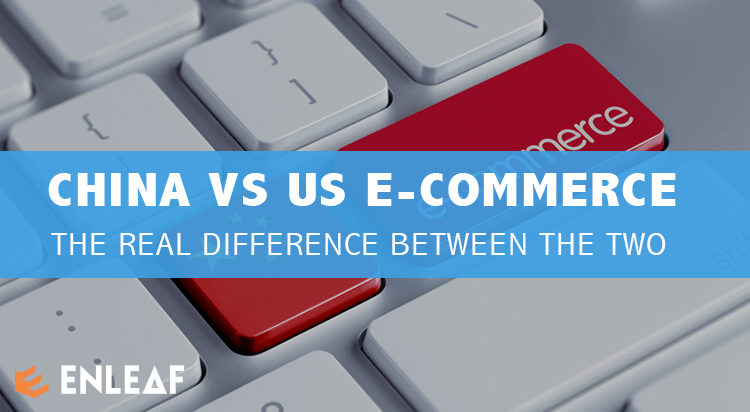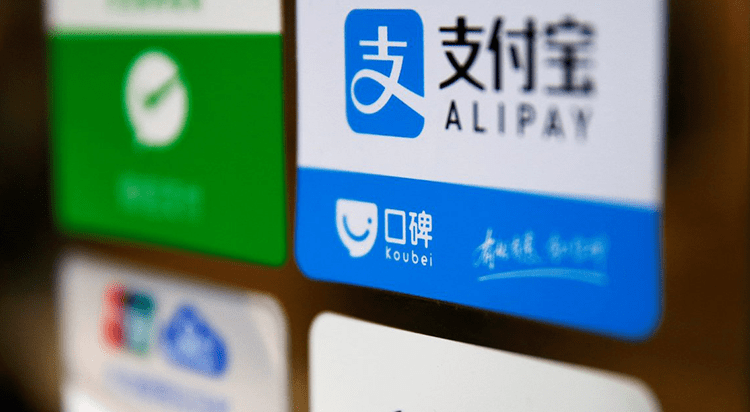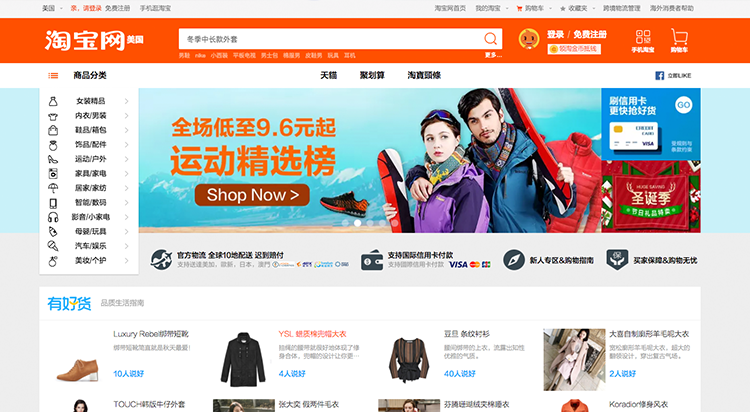
MEETNG MICHAEL MICHELINI
In 2012 I had the opportunity to visit Shenzhen China. I had originally made the trip to Shenzhen for business and was there for a little over a week doing training for a newly launched website for DOWIN Lightning Technologies. While there I had the opportunity to meet with Michael Michelini a talented entrepreneur and Internet marketer who is well versed in Co China/US commerce. In addition, taking me to some great restaurants Michael took me around to tour local a hackerspace, a local Shenzen startup as well as the Baidu headquarters (the Google of China).
MICHAEL INTERVIEWING TOP CHINESE E-COMMERCE EXECUTIVES
Following my visit, I interviewed Michael about his experience living and doing business in China. Below are the insights he shared with me on the differences between doing business online in China vs the US.
HANGING OUT AT BAIDU
I’ve been based in China since the end of 2007. I have been selling online in USA since 2004, and started selling online in China in 2008. Still active both in USA and Chinese e-commerce, I will take this post to outline differences I have noticed along the way doing Chinese e-commerce and “American” or English or “international” e-commerce.
First let’s define E-commerce, or buying Online. For those of you reading this – most likely you have already ordered a product from the Internet. I define e-commerce as basically the “E” or electronic addition to normal e-commerce, which is the exchange of goods or services for other goods or services – normally now currently traded for goods or services. When buying online, the “e” part, we cannot meet our seller or buyer face to face and must use the E, or Internet, as a medium to complete the transaction. Therefore a few things cross our minds before giving this seller our money….in any country or any culture:
Trust
Is this seller real, will they honor the transaction by shipping my goods on time, and making sure I am a satisfied customer even after the transaction
Security
Will my personal information be safe when passed to this seller?
The ways we build trust is different in different cultures…and e-commerce clearly defines these cultural differences. For our success in international e-commerce, we need 1 key thing, Awareness that these differences exist, and that we need to leverage them in each various culture/country
Below I’ll cover a few key topics in an e-commerce transaction:
Photo Quality
In China, customers want to see real photos of a product. Less professional seems more real, that the seller actually has possession of the goods, and isn’t just pulling them off the internet and putting them on his / her online shop. In the USA, people want to see professional photos, so that they see the seller put the time and care into the product listing and therefore will put the time and care into your order.
Chatting Online
Americans aren’t accustomed to chatting….it started with AOL in the 90s, and was mostly for teenagers to gossip and waste time. But in China, more People Chat online instead of making calls or emails. QQ and Ali Wan Wan are the two most common chat systems for doing domestic Chinese business – and people of all ages use it, not just kids. Its also used as a way to check before you buy.
If you look at TaoBao, the Chinese version of eBay, it has chats built into its system and shows if the seller is online or not with a status bubble on the listings. Many buyers like to see if the buyer is online, and chat for a few reasons, to bargain (we’ll cover below) as well as to just make sure the seller is “alive” and not a cheat.
Bargaining
Chinese bargain more, way more, than Americans. The quoted price is never supposed to be the actual price, its always up for negotiation. In addition, Chinese make contracts/agreements much more complex – and discuss each point in detail. Taobao has built bargaining into its platform, allowing the price to be adjusted for each transaction. Ebay is now trying this with “best offer” prices in its platform, but again, this is just how TaoBao and Chinese e-commerce is done.
I like to say, Americans don’t like to waste time bargaining. Much more direct, the quoted price is supposed to be the end price. If the price is too high and unreasonable, then they will go on to the next seller, they won’t bother to try to bargain.
Payment
Credit cards are more commonly used in USA, but growing fast in China. Payment and shipping is also separate in American e-commerce, where in China they are integrated. Maybe that’s why USA has a debt problem?
Payment for Chinese e-commerce is also commonly held in an escrow (alipay) and then released once the delivery confirmation is made in the shipping system (which is integrated). Again, the advantage Chinese e-commerce has over USA is that it learned from American systems and built a better system from the ground up.
Delivery
As we said above, the delivery is made after payment is deposited into the seller’s account in USA, whereas in China it’s in escrow. sometimes this can affect cash-flow, because the seller cannot use the funds to purchase the goods (drop ship) and has to finance the order upfront.
This type of a payment, escrow, delivery, release system in China also shows the level of distrust people have. This system did enable Chinese e-commerce to grow to the level it is now and it also simplifies the dispute process.
Delivery Speed
The Chinese e-commerce consumer is now accustomed to ordering something and receiving it the next day! One of my friends recently ordered a TV online around midnight and it was at his door about 4pm the next day. Amazon Prime is working on speeding up US delivery times, but China is way ahead of America in the speed of delivery.
Mobile payments
 Chinese consumers have adopted to mobile payments much faster than in America. With the rise of Wechat and the Wechat wallet the Chinese consumer, from college student to grandparent has connected their bank account to their phone. It is truly becoming a cashless society with the battle of online payments between two ecommerce giants – Tencent’s Wechat Wallet / Wechat Pay vs Alibaba’s Alipay.
Chinese consumers have adopted to mobile payments much faster than in America. With the rise of Wechat and the Wechat wallet the Chinese consumer, from college student to grandparent has connected their bank account to their phone. It is truly becoming a cashless society with the battle of online payments between two ecommerce giants – Tencent’s Wechat Wallet / Wechat Pay vs Alibaba’s Alipay.
True O2O experiences
in China, O2O is all too common. This stands for online to offline, and with the rise of mobile payments in China, and the usage of QR codes, you can order a breakfast on the side of the road from a cart and pay with your phone. Fast, easy, and secure – people are making payments and bridging the online and offline worlds here in China.
China has a huge demand for foreign goods. Something I haven’t noticed in America as much, but Chinese value foreign brands and quality. This is a big opportunity for foreign brands looking to tap into the Chinese e-commerce market, as the growing middle class continues to budget for Western goods.
In conclusion, people are people, in many ways the same between cultures. But it’s cultural experience that defines us. America is a much younger culture, therefore they trust much quicker – as there isn’t any pre-existing family business relationships and “Circles” in industries. People had to make business happen, and didn’t have prior experience and networks to go on. That is how America was built to be such a creative and dynamic land. China is a much more established culture, and in a way that culture element holds the country back. It makes people take more time when conducing business transactions and requires that they build enough trust in the business relationship before conducting business. Despite all of this China is growing & changing quickly- and the newer generations are much more curious and open-minded.
If you have ever thought about doing business in Asia or just want to stay up to date with the current business environment in Asia then I encourage to get ahold of Michael over at his site Global from Asia. There he has resources for entrepreneurs and business interested in doing business in Asia.


